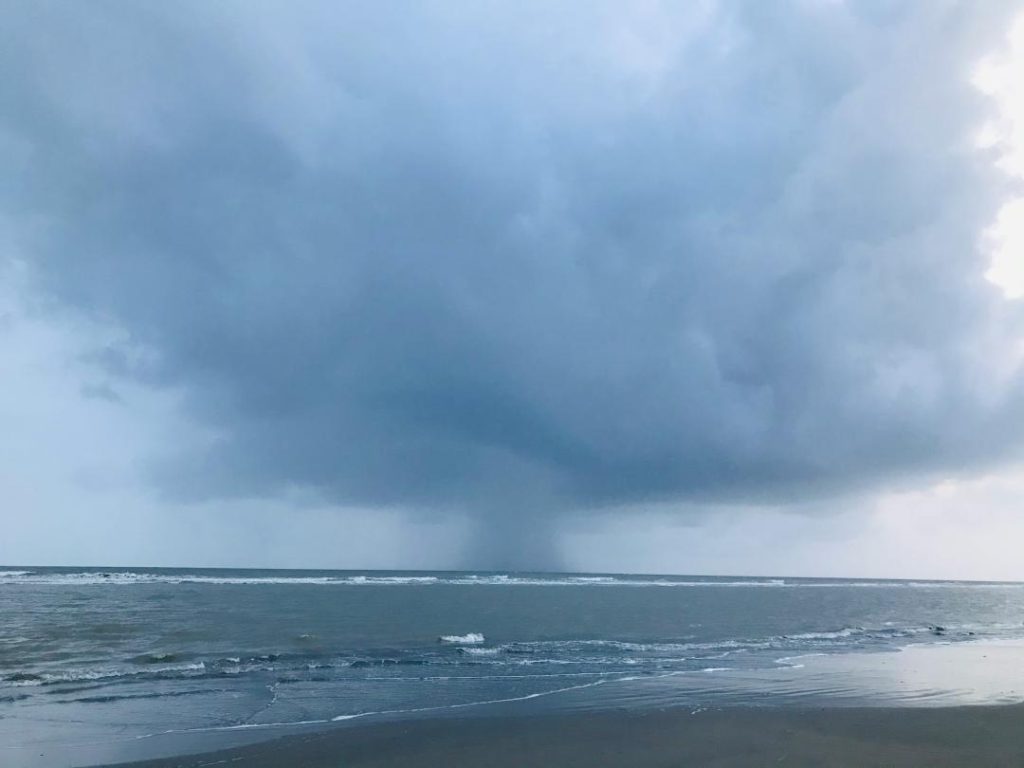
Unveiling the Subsurface Secrets of Cyclones
Tropical cyclones, also known as hurricanes or typhoons, are powerful storm systems that can bring destruction and devastation to coastal communities. Understanding the dynamics of these storms is crucial for predicting their formation, track, and intensity, which can help protect vulnerable populations from the brunt of these natural disasters. Recent research has shed light on a previously overlooked aspect of tropical cyclone formation: the subsurface ocean dynamics. In this blog post, we’ll delve into the findings and explore how these hidden layers can enhance our predictions and readiness against these destructive storms.
The Role of Subsurface Ocean Dynamics
A team of researchers from the University of Texas at Austin, led by Dr. Robert W. Hallberg, has been investigating the relationship between subsurface ocean dynamics and tropical cyclone formation. Their study, published in the journal Nature Communications, reveals that variations in the isothermal depth (D26) play a significant role in early storm development.
The isothermal depth, also known as the 26.5°C isotherm, is the depth at which the ocean temperature is approximately 26.5°C (80°F). This depth is crucial because it marks the boundary between the warm, surface waters and the cooler, deeper waters. The researchers found that when the isothermal depth is shallower than normal, it can lead to more intense tropical cyclones.
How Subsurface Ocean Dynamics Influence Storm Formation
So, what’s the mechanism behind this relationship? The researchers suggest that when the isothermal depth is shallower, it creates a condition known as “baroclinic instability.” This instability allows for the formation of strong winds and the creation of a strong thermal gradient, which can fuel the development of a tropical cyclone.
In other words, when the warm surface waters are in close proximity to the cooler, deeper waters, it creates a strong temperature gradient. This gradient, in turn, drives the formation of strong winds and the development of a low-pressure system, which is characteristic of a tropical cyclone.
Wind Patterns and Subsurface Ocean Dynamics
Wind patterns also play a critical role in tropical cyclone formation. The researchers found that wind patterns, such as the trade winds and the westerlies, can influence the formation of a tropical cyclone by shaping the flow of air near the surface.
When the trade winds are strong, they can push the warm surface waters towards the equator, creating a condition known as a “warm pool.” This warm pool is a region of exceptionally warm ocean waters that can fuel the development of a tropical cyclone.
On the other hand, when the westerlies are strong, they can push the cooler, deeper waters towards the poles, creating a condition known as a “cool tongue.” This cool tongue can suppress the formation of a tropical cyclone by reducing the temperature gradient between the surface and the deeper waters.
Implications for Predictions and Readiness
So, what do these findings mean for predictions and readiness against tropical cyclones? The researchers suggest that understanding the subsurface ocean dynamics and wind patterns can enhance our predictions of tropical cyclone formation and track.
By incorporating these factors into computer models, forecasters can better predict the formation and intensity of a tropical cyclone. This, in turn, can help emergency management officials and coastal communities prepare for the storm, reducing the risk of damage and loss of life.
Conclusion
Unveiling the subsurface secrets of cyclones is a crucial step towards improving our understanding and prediction of these powerful storm systems. By considering the complex interactions between the subsurface ocean dynamics and wind patterns, we can enhance our readiness and response to tropical cyclones.
As we continue to face the challenges of climate change and more frequent natural disasters, it’s essential that we prioritize research into the dynamics of tropical cyclones. By doing so, we can better protect vulnerable coastal communities and reduce the devastating impact of these storms.
News Source:
https://researchmatters.in/news/subsurface-oceans-influence-tropical-cyclone-formation



